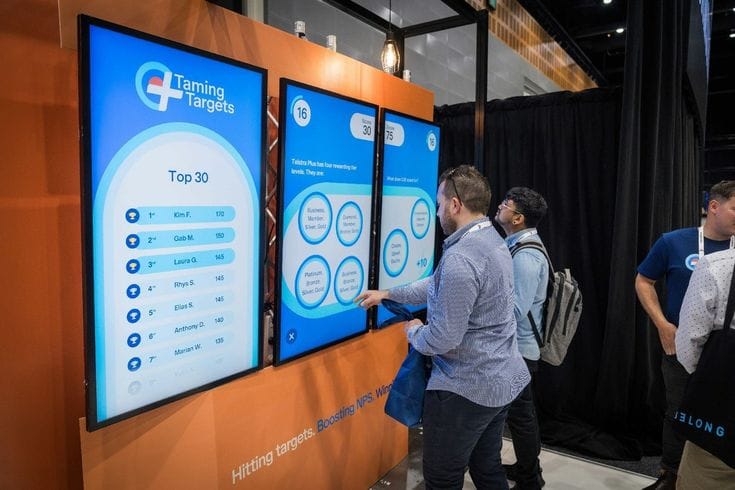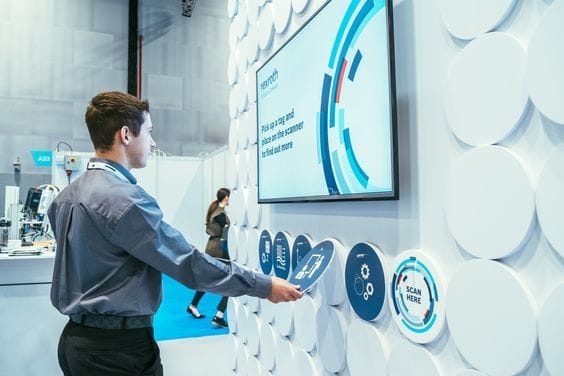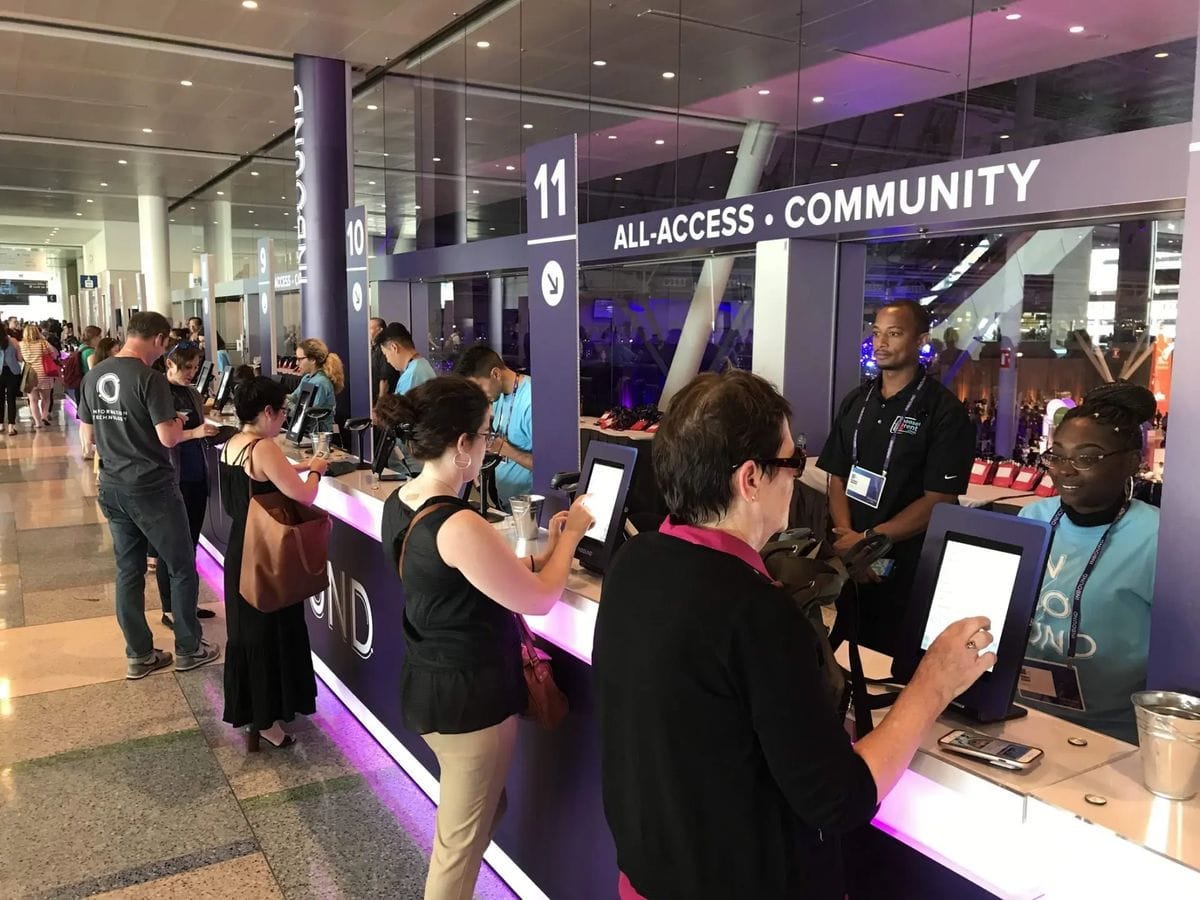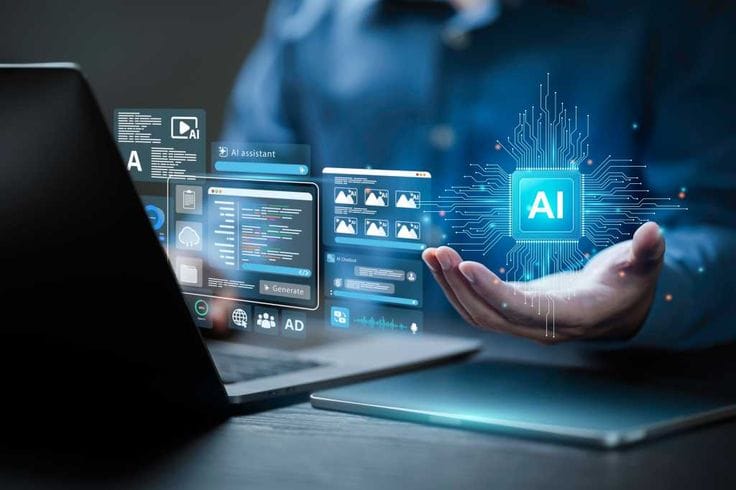Discover how gamification can increase participation and enjoyment. Tap into fun, interactive experiences for better results.
In today's competitive event landscape, capturing and maintaining attendee attention has become increasingly challenging. With shorter attention spans and higher expectations for interactive experiences, event organizers are turning to a powerful strategy that transforms passive participation into active engagement: gamification.
Gamification isn't just about adding games to your event—it's about strategically incorporating game mechanics to drive meaningful participation, enhance learning outcomes, and create memorable experiences that attendees will talk about long after your event ends.
Understanding Gamification in the Event Context
Gamification applies game design elements and principles in non-game environments to motivate and increase user activity. In events, this translates to using points, badges, leaderboards, challenges, and rewards to encourage specific behaviors like networking, session attendance, social media sharing, and active participation.
The psychology behind gamification taps into fundamental human motivations: the desire for achievement, recognition, competition, and social connection. When implemented thoughtfully, these elements can transform routine event activities into engaging experiences that attendees actively seek out.

The Compelling Case for Event Gamification
Measurable Engagement Boost
Events that incorporate gamification typically see significant improvements in key metrics. Attendees spend more time at the event, visit more exhibitor booths, attend additional sessions, and participate more actively in networking opportunities. This increased engagement directly translates to higher ROI for both organizers and sponsors.
Enhanced Learning and Retention
Gamified elements make information more memorable through active participation rather than passive consumption. When attendees compete in knowledge-based challenges or earn points for attending educational sessions, they're more likely to retain and apply what they've learned.
Valuable Data Collection
Gamification provides natural opportunities to collect attendee data and preferences. Through game mechanics, you can track which sessions generate the most interest, which networking activities are most successful, and what types of content resonate with your audience.
Improved Networking Outcomes
Many attendees struggle with networking anxiety or don't know how to initiate conversations. Gamified networking activities provide structured ways to connect, making it easier for introverts to participate and creating natural conversation starters for everyone.
Strategic Implementation: Gamification Elements That Work
Point Systems and Rewards
Create a comprehensive point system that rewards desired behaviors. Attendees might earn points for checking into sessions, visiting sponsor booths, completing profile information, or participating in discussions. The key is making the point values reflect the relative importance of each activity to your event goals.
Consider offering tiered rewards that cater to different motivation levels. Small, immediate rewards for basic participation combined with larger prizes for top performers can maintain engagement across your entire audience.
Social Challenges and Team Building
Design challenges that require collaboration or friendly competition between attendees. Scavenger hunts that encourage exploration of the venue, team-based trivia competitions, or collaborative problem-solving activities can break down barriers and foster connections.
Achievement Badges and Status
Create digital badges for various accomplishments—attending your first session, making five new connections, visiting all platinum sponsors, or sharing content on social media. These visible achievements provide social proof and encourage others to participate.
Real-Time Leaderboards
Display live leaderboards showing top participants in various categories. This creates excitement and encourages ongoing participation throughout the event. Consider multiple leaderboard categories to give different types of attendees opportunities to excel.
Interactive Content Creation
Encourage attendees to create and share content through photo contests, video challenges, or user-generated social media campaigns. This not only increases engagement but also provides valuable marketing content for future events.
Technology Platforms That Enable Success
Mobile Event Apps
Modern event apps serve as the perfect platform for gamification features. They can track attendance, award points, display leaderboards, and facilitate social interactions all in one place. Look for platforms that offer customizable gamification modules.
QR Code Integration
QR codes provide seamless ways to track participation and award points. Attendees can quickly scan codes at sessions, sponsor booths, or networking areas to earn rewards without complex check-in processes.
Social Media Integration
Connect your gamification system with social media platforms to encourage sharing and expand your event's reach. Automated posting when attendees achieve milestones can amplify your event's visibility.
RFID and Beacon Technology
For more sophisticated tracking, RFID badges or beacon technology can automatically detect when attendees visit specific areas or interact with exhibitors, making participation tracking effortless.
Real-World Success Stories
Conference Networking Revolution
A major technology conference implemented a networking game where attendees earned points for making connections with people from different industries, companies, or geographic regions. The result was a 40% increase in meaningful networking conversations and significantly higher attendee satisfaction scores.
Trade Show Engagement Transformation
An industry trade show created a digital passport system where attendees collected stamps by visiting exhibitor booths and attending sessions. Completed passports entered attendees into prize drawings, resulting in 60% more booth visits and extended time spent at the event.
Educational Event Enhancement
A professional development conference used gamified learning paths where attendees could choose different tracks and earn specialized badges for completion. This approach increased session attendance by 35% and improved knowledge retention scores.
Measuring Gamification Success
Participation Metrics
Track increases in session attendance, booth visits, app engagement, and social media activity. Compare these metrics to previous events to quantify the impact of your gamification efforts.
Attendee Satisfaction
Survey attendees about their experience with gamified elements. Ask specific questions about whether these features enhanced their enjoyment and participation in the event.
Behavioral Analytics
Analyze which gamification elements drove the most engagement and which had limited appeal. This data helps refine your approach for future events.
Long-Term Engagement
Monitor post-event engagement through continued app usage, social media interaction, and early registration for future events. Successful gamification often extends engagement beyond the event itself.
Best Practices for Implementation
Start Simple
Don't overwhelm attendees with complex game mechanics. Begin with basic point systems and gradually add more sophisticated elements as your audience becomes comfortable with the concept.
Align with Event Goals
Every gamification element should support your broader event objectives. If networking is a priority, focus on games that facilitate connections. If education is key, emphasize learning-based challenges.
Ensure Inclusivity
Design games that appeal to different personality types and comfort levels. Provide both competitive and collaborative options, and ensure that introverted attendees have opportunities to participate meaningfully.
Provide Clear Instructions
Make game rules and objectives crystal clear from the beginning. Confusion about how to participate can quickly kill enthusiasm for gamified activities.
Offer Meaningful Rewards
Prizes don't have to be expensive, but they should be relevant and valuable to your audience. Consider offering networking opportunities, exclusive content, or recognition rather than just physical prizes.
Overcoming Common Challenges
Technology Barriers
Some attendees may struggle with technology-based gamification. Provide adequate support and alternative participation methods for those who need them.
Balancing Competition and Collaboration
Strike the right balance between competitive elements that drive engagement and collaborative activities that build community. Not everyone responds positively to competition.
Avoiding Gamification Fatigue
Don't gamify every aspect of your event. Strategic application is more effective than overwhelming attendees with constant game mechanics.

The Future of Event Gamification
As technology continues to evolve, we can expect to see more sophisticated gamification options including augmented reality experiences, AI-powered personalized challenges, and integration with virtual and hybrid event platforms. The key is staying focused on creating genuine value for attendees rather than just implementing the latest technology trends.
Successful event gamification creates a virtuous cycle: engaged attendees have better experiences, leading to positive word-of-mouth marketing, increased return attendance, and stronger sponsor relationships. By thoughtfully implementing game mechanics that align with your event goals and audience preferences, you can transform routine event activities into memorable, engaging experiences that deliver measurable results.
The question isn't whether to implement gamification in your events—it's how to do it strategically to maximize attendee engagement and achieve your organizational objectives. Start planning your gamification strategy today, and watch as your events become more interactive, memorable, and successful than ever before.
Ready to gamify your next event? Venzi.ai provides the tools and expertise to help you create engaging, interactive experiences that drive real results. From simple point systems to complex multi-layered games, we'll help you design the perfect gamification strategy for your audience and objectives.


